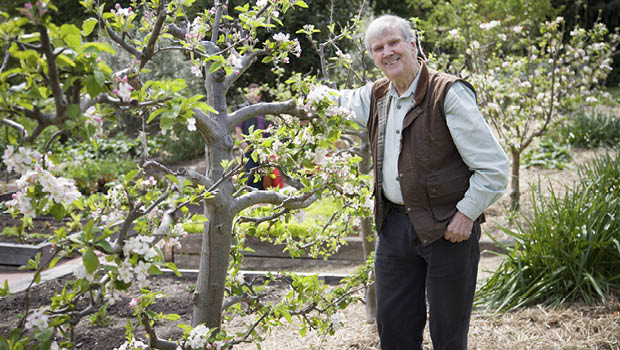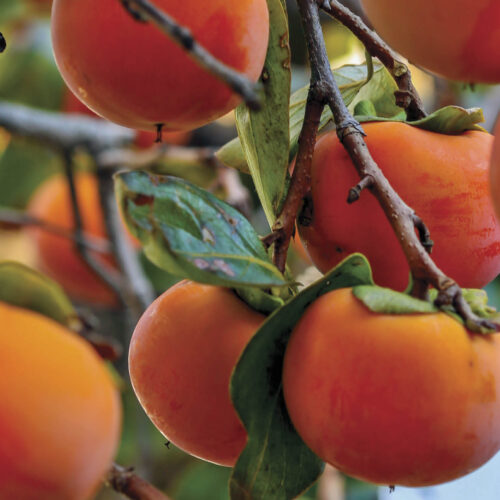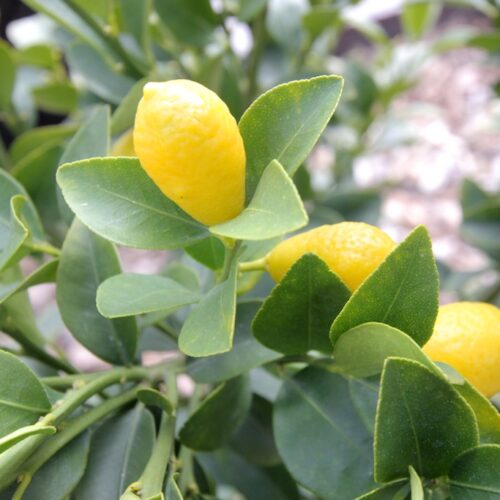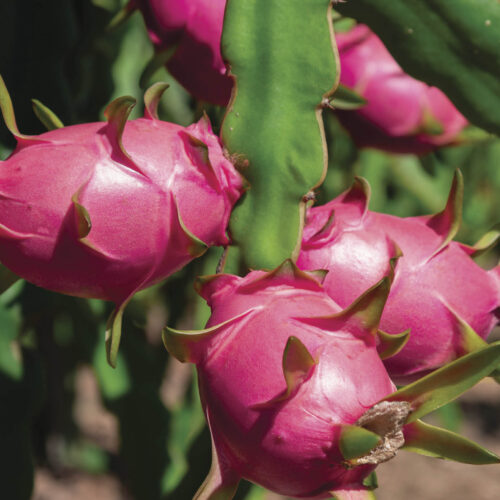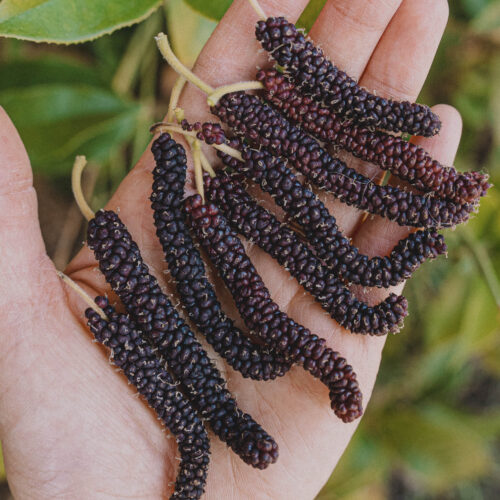A berry good year
2012-08-21T12:11:02+10:00
PETER CUNDALL provides a quick guide to growing juicy berryfruit. “Here are the methods I use to grow great crops of different types of hardy berryfruit - raspberries, loganberries, jostaberries, blackcurrants and strawberries, to name a few.”
Most berryfruit plants need a cold, frosty winter because the fruit buds need a winter chilling. For example, many blackcurrant and gooseberry varieties need to experience up to 1400 hours of temperatures less than 7°C; and the best-flavoured raspberries are those grown in places where winter temperatures are low.
Here are the methods I use to grow great crops of different types of hardy berryfruit. Ground preparation and planting is carried out during early winter.
Raspberries
Heavily fertilise the soil with sheep manure mixed with blood and bone fertiliser. Shorten new rooted canes and plant in rows one metre apart, with individual plants half-a-metre apart. Mulch thickly with straw or old hay enriched with more animal manure. After fruiting in summer, cut to the ground all canes that carried fruit and tie the remaining young canes loosely together.
Loganberry and friends
Loganberry, along with thornless blackberry, silvanberry and other brambles, all need to be trained with supporting post and wire trellises. Soil preparation is the same as for raspberry growing. As brambles grow, tie the new long canes in a loose bundle to one side of the support. After fruiting, all bearing canes die and are cut down to the ground. Carefully gather together the new replacement canes and secure to the other side of the support.
Jostaberries
These are a cross between a blackcurrant and gooseberry and thrive in a cool climate. The bushes are vigorous, growing like a thicket to a height of 1.5m and carrying excellent yields of slightly tart, but delicious, berries in summer. Pruning is carried out anytime from March into winter. Simply cut out about one-third of the oldest branches and remove any dead or weak growth. Cuttings strike readily.
Blackcurrant
Blackcurrant bushes are always nitrogen-hungry, so always work plenty of well-rotted poultry manure into the soil before planting new bushes. Crops are carried on healthy new season’s wood in January. Pruning is easy. Simply cut out all the old black branches almost to the ground and leave the green ones. New, bright green growth buds form almost at ground level. Bundles of young wood cuttings can be inserted into the soil and form roots in two months.
Strawberries
Strawberries have always been the most luscious, aromatic source of vitamin C. These days, sweet varieties can also be grown in the subtropics. To avoid pest and disease problems, most plants are best replaced every three years with some commercial growers, starting with new certified runners every year.
New plants can go in at any time of the year, but are usually planted in late autumn and early winter. Always purchase from a reputable garden centre and ensure they carry a label stating that they have been certified free of diseases and pests.
Varieties depend on location, and most nurseries supply bundles of certified rooted runners suitable for the surrounding district and climate. All strawberry plants prefer an acidic soil, so avoid the use of lime. The best fertiliser I’ve used is a mixture of pulverised cow or sheep manure and the black, decomposed needles from beneath pine trees or other conifers.
Plant the runners so the roots are well buried, but the crown at the centre of each runner is just poking above the surface. As the plants grow, mulch heavily with straw and, if possible, pine needles. Prune by removing discoloured or dead leaves as they appear. At the end of the season, around April, cut off all the leaves and stems.

